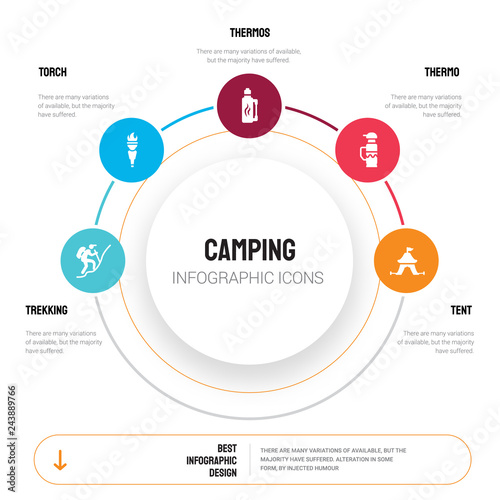Numerous backpackers pick interior frame packs for their streamlined and form-fitting style. Their shape helps maintain the weight better to your body, enhancing stability on harsh tracks or off-trail scrambling.
They likewise do not reveal as much of the pack to the environment-- a plus if you plan on bushwhacking and need to prevent sharp branches that can snag gear.
Weight Circulation
While interior structure packs are extra preferred than external frame backpacks for many hikers, external frames remain a staple for long expeditions and heavy tons. They are created to disperse the weight of your equipment throughout your shoulders, back, and hips for optimum convenience.
They have big voids in between the pack bag and the framework for air flow which enables air to stream over your back while treking. They benefit heat walkings and for hikers who wish to decrease sweating against their backs.
On the drawback, externals tend to sit farther away from your torso so you'll have to lean forward more while treking, which can be difficult on your spinal column and knees over prolonged journeys. The subjected framework also means that your backpack might obtain caught on rocks, origins, or various other barriers as you rush along tracks or duck under strike downs on coastal headlands. They also often tend to be extra pricey than interior framework packs.
Ventilation
External frame backpacks rest farther away from your upper body, which boosts air flow and decreases sweat element on your back. Internal structures, nonetheless, hug your body, which can cause bad ventilation and an increased risk of warmth stroke on warm days.
It's likewise essential to consider whether your layout standards is based on un-adapted people (initial getting in the area), or adapted ones (individuals that have been in the room for a long time). The wall tent ventilation prices might be different between these 2 situations.
Additionally, exterior structure packs transfer load to your hips, which permits you to embrace an upright walking stance and are suitable for path walking. They are not, nonetheless, great for rushing due to their top-heavy layouts.
Adjustability
While it might seem as though internal structure packs have actually won the day in terms of pack selection and technology, externals do provide some advantages. A large draw is the capability to strap equipment directly to the pack frame, supplying versatility for varying the dimension of the load and improving accessibility. Several external structure packs likewise feature a plethora of smaller external pockets to assist organize equipment, with access to the primary area normally coming through the top of the packbag.
This allows the customer to much better control their lots weight, minimizing stress on the shoulders and neck. They additionally allow the customer to keep the pack more detailed to the body, which improves security on rugged tracks and when scrambling off path.
Comfort
For those who have a narrower upper body or hip size, the exterior frame layout may really feel more tight than internal designs. This close fit lowers the quantity of room for gear and can make it hard to secure things securely without influencing access to the bag materials.
Fortunately, this tighter fit is much less of an issue in contemporary inner frame loads thanks to the many flexible suspension systems readily available. Plus, the space in between the frame and packbag enables air to flow, decreasing sweating.
This additionally makes the internal framework perfect for technical walkings that call for stability and agility when browsing rugged tracks and off-trail clambering. While the selection of outside frame backpacks has actually been decreasing throughout the years, they are still the best selection for numerous exterior enthusiasts because of their longevity and ability. However, for those who desire one of the most comfortable treking experience we advise going with an interior structure model that is sized correctly to your torso and hips.
